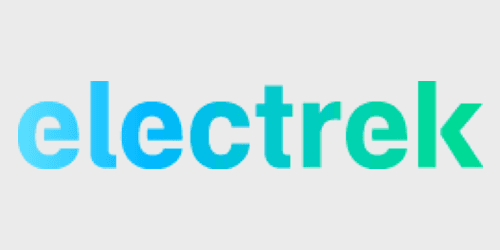

Since Tesla launched the Model S in 2012, the automaker has been talking about releasing a software development kit (SDK) to create a full third-party app ecosystem for its 17-inch touchscreen, which acts as a center console for the Model S and X, but despite several inquiries from eager app developers, there has been little communication about the project until now.
During a special event for Tesla owners in Hong Kong this week, CEO Elon Musk opened up on the subject and said that the company “thought about it more” and is likely moving away from the SDK, and instead planning to allow mirroring of apps from phones to the center consoles:
“As we have sort of thought about it more, the logic thing to do from an app standpoint is to maybe allow apps on your iPhone or Android to project onto the center display, as opposed to trying to create a new app ecosystem. So that is probably going to be our focus in the future to enable you to project apps from your phone to the center screen.”
There are currently a few apps available for the Model S, but they are web browser-based, which offers its own set of limitations. I would assume most developers were hoping for a full native SDK, but the capacity to mirror apps would be considered a step in the right direction.
At the very least, it will gradually help developers tap into Tesla’s rapidly growing user base:

Tesla’s strategy change might be due to worries over the security risks of releasing such an SDK. The Model S has been technically “hacked” before, but it required physical access to the vehicle. The hackers literally had to rip off the dashboard, connect a laptop and send a software command to start the car – basically presenting an alternative to “hot-wiring” an electric vehicle. The real threat is considered to be remote access as some are worried that the SDK could facilitate such a breach.
Apple CarPlay or Android Auto integration, which relies on projecting data from smartphone apps, are believed to be relatively safe options to integrate app ecosystems in cars and plenty of manufacturers have jumped on board, but Tesla has been so far staying away from a direct implementation of these systems.
Make sure to follow Electrek on RSS or your favorite social media to get our latest articles on Tesla Motors and the EV industry: Twitter, Facebook or Google+
Featured image: Tesla UI redesign concept by Bureau Oberhaeuser
FTC: We use income earning auto affiliate links. More.






This decision could be driven by an expectation that, in the future, cars will be shared–an autopilot Uber. If that is part of the product roadmap, then it makes sense to just focus on allowing riders to project their phones.
But yeah, the security stuff is also probably a big driver.
it is very sad… Smart phone won’t have access to vehicle parameters. So you can’t make app featuring vehicle charging or getting the state of the doors/windows/steering wheel/and so on… It will be just a smart phone app on bigger screen 🙁
IDK, this is pretty damn close.
“Software developer MOSAIC put together a quick demo of their latest project; a new ‘Alexa Skill’ that lets you connect your Tesla Model S to your Amazon Echo in order to perform the same functions the Tesla App can do, but through Alexa’s voice commands.”
http://electrek.co/2016/01/28/tesla-sdk-mirrorying-apps/#more-10183